There comes a point in every metropolitan potentate’s journey from London to Edinburgh, when he or she looks up from their laptop in First Class and gazes from the window of the train. At this point, they suddenly realise that whatever’s been absorbing their interest for the last hour or two, is completely irrelevant.
Chances are they are gazing out at some of the 60 or so miles of Northumberland that the doubtlessly ageing LNER rolling-stock is careening through at 100 miles per hour.
That’s because whether you’re talking Alnwick – the seat of the Duke of Northumberland and spiritual home of all Harry Potter fans everywhere – or Hexham with its sensational abbey, or Alnmouth, with its sandy beaches and picture postcard town, or Berwick-upon-Tweed (for which the English should be grateful to Richard III – otherwise it would be in Scotland), then Northumberland is the glint at the heart of the flawless diamond of Britain.
As well as its wonderfully dramatic coastline, there are plenty of cultural riches. There’s the island of Lindisfarne, home of the great Anglo-Saxon churchman St Cuthbert (and founded by St Aiden who brought Christianity to the North in the sixth century). There’s the nearby Bamburgh Castle – a 1,400-year-old fastness that stands 150 feet above a broad sweep of sand and sea – which was once the capital of Northumbria, and reminds us that Northumberland is a kingdom in all but name.
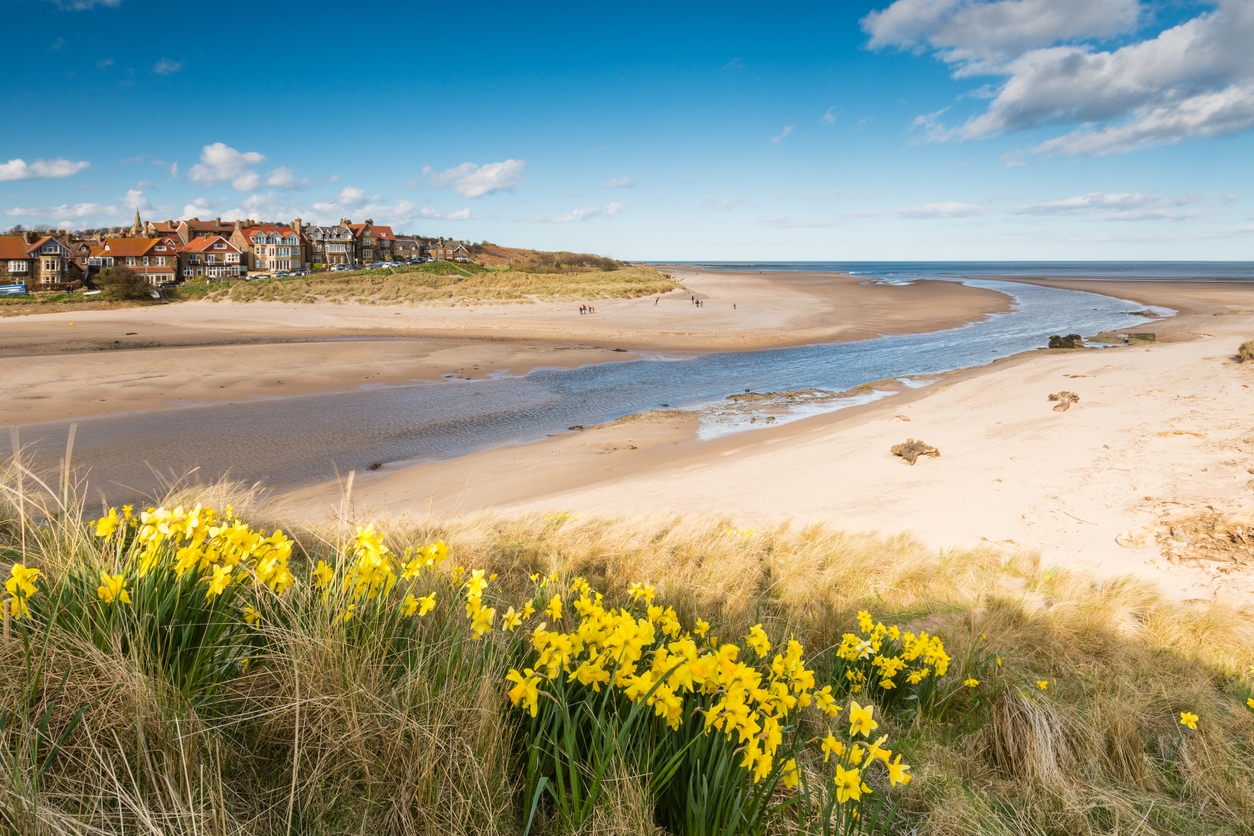
In addition Northumberland boasts a rugged interior crying out for exploration. Take the domed Cheviots – famed among other reasons for the white-faced sheep – with steep hillsides, wild moors and open landscapes of such antiquity and size that they make you realise the smallness of man. And the Cheviots are part of the extravagantly proportioned Northumberland National Park, which at 400 square miles is seven times bigger than Liechtenstein – or nearly three times bigger than the Isle of Wight, if you prefer – and enjoys one of the darkest skies in Britain.
Which leads us to the Kielder Forest – Britain’s largest man-made forest, which spans the best part of 200 square miles (think of it – that’s a third the size of Greater London) and along with its reservoir offers innumerable pleasures for the outward bound. Together with the national park, it also forms a 560 square mile slab of landscape with ‘protected skies’ – the second largest such place in Europe, no less, and which is why is has an observatory. When the area achieved this recognition in 2013 – the Astronomer Royal Sir Martin Rees declared: ‘All humans, everywhere in the world and throughout history, have looked up at the sky and wondered at it. This experience is now denied to most people, because of the background light in towns and cities. It is important to ensure that there will be somewhere in England where young people can fully enjoy a cosmic panorama.’ Well, head to Northumberland and you can see what darkness really looks like. The rest of us will have to stick with Channel Five.
Northumberland has something else, too: red squirrels. You can catch sight of these at Kielder– as well as handful of other locations in the county making it one of the last places in England where they cling on against the grey invader.
And I’ve not yet mentioned the elephant in the room: Hadrian’s Wall. Declared a UNESCO World Heritage Site, the 80-mile long Roman partition of Britain celebrates its 1,900th birthday in 2022, and what better way to mark it than taking a stroll along it? Built to ‘separate barbarians and Romans’, today it’s another powerful reminder of Northumberland’s astonishingly important part in our cultural and national story.
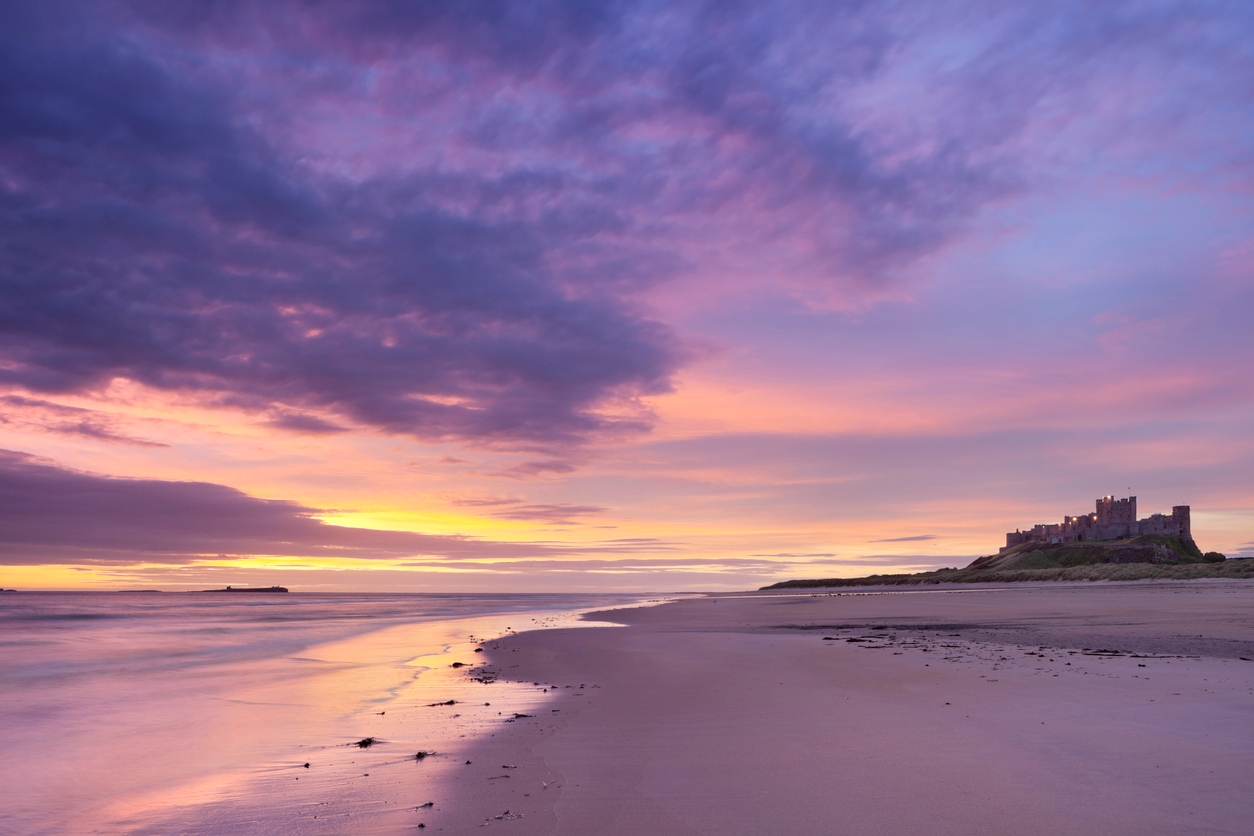
Now let us consider that Northumberland possesses one of the lowest population densities in Britain. With just 64 people per square kilometre, it is an anthrophobic’s utopia. It makes the villages of Devon look like Oxford Street on Christmas Eve (albeit before the pandemic). If you think that the London borough of Islington has something like 13,000 people per square kilometre then just imagine what it must be like to live somewhere with so few people.
Which poses a question, why don’t more people live there? Well – first, one has to accept the limitations of statistical representation: Northumberland’s low average belies the fact that the conurbation of Tyne and Wear, (comprising Newcastle upon Tyne, Gateshead, Tyneside and Sunderland) has a population of over a million, and is on its doorstep but counted separately. Nonetheless, why are property prices among the lowest in Britain (the average house price last year was £204k, according to Zoopla)?
The answer, surely, is to do with proximity to our country’s great economic centres. Tyne and Wear’s economic history has been mixed to say the least since the Second World War, with the demise of shipbuilding and coal. Moreover Northumberland is an awfully long way from London, where the streets – as we all know – are paved with estate agents. At 300-plus miles, Northumberland is thus further away from the capital – in both meanings of the word – than Cornwall. And it’s not hugely commutable to its next closest big city, Edinburgh, either. Yet with the advent of ‘hybrid’ working – just how many days a week do you expect to be in the office once things go back to ‘normal’? – who’s to say that, actually, a train ride to Edinburgh or London once or twice a week wouldn’t be so bad. Especially when you can swap the housing economics of 13,000 people per square kilometre for one where Robinson Crusoe might start to feel lonely – on market day?
And don’t forget that down the line, if the government delivers on its levelling up agenda for the North, then rail routes to Leeds and Manchester should also get decidedly faster, too, making the North West more commutable too.
As a result, my advice is to get in quick. Relocate or buy your slice of rustic paradise before everyone else realises just what a blinder this place is. The real angel of the North isn’t a piece of sculpture. It’s Northumberland.
Northumberland properties for sale now
Riverside mansion in Berwick upon Tweed, £950,000
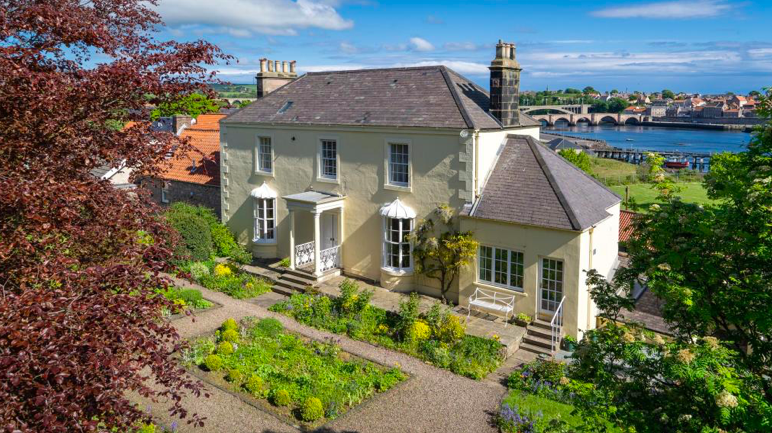
4-bed country home in Whittonstall, £870,000
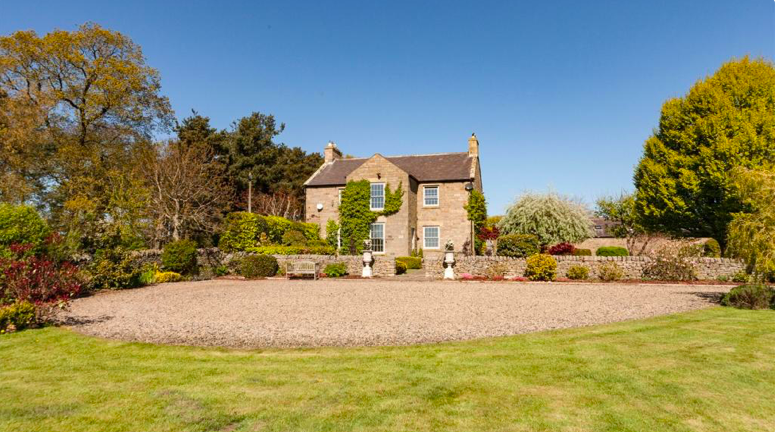
Traditional 4-bed country house Alnwick, £750,000
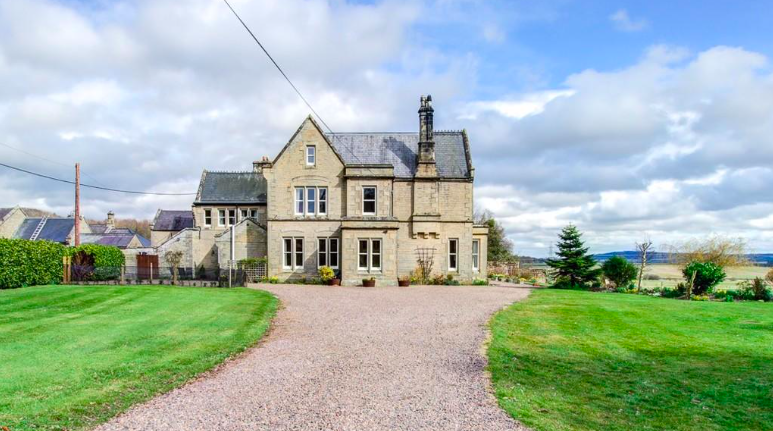
4-bed house in Otterburn, Northumberland, £495,000
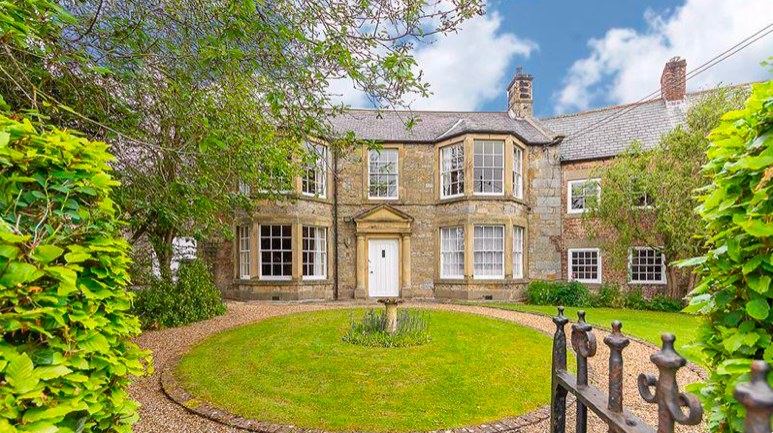

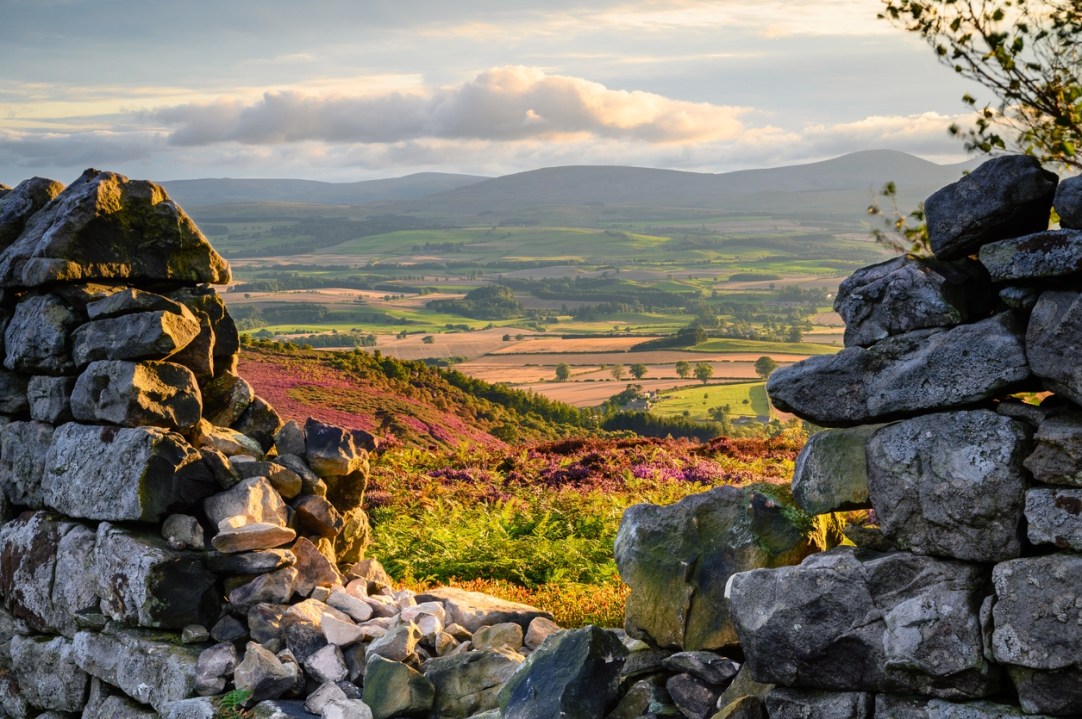





Comments